Although some knives such as the French cook’s knife and cook’s style paring knife are versatile tools in every kitchen, there are certain tasks that call for specialty knives. With the broadest product line available, you can be sure that Dexter-Russell has the right knife for every kitchen task. Following is a list of the basic kitchen knives and their uses.
Paring Knife

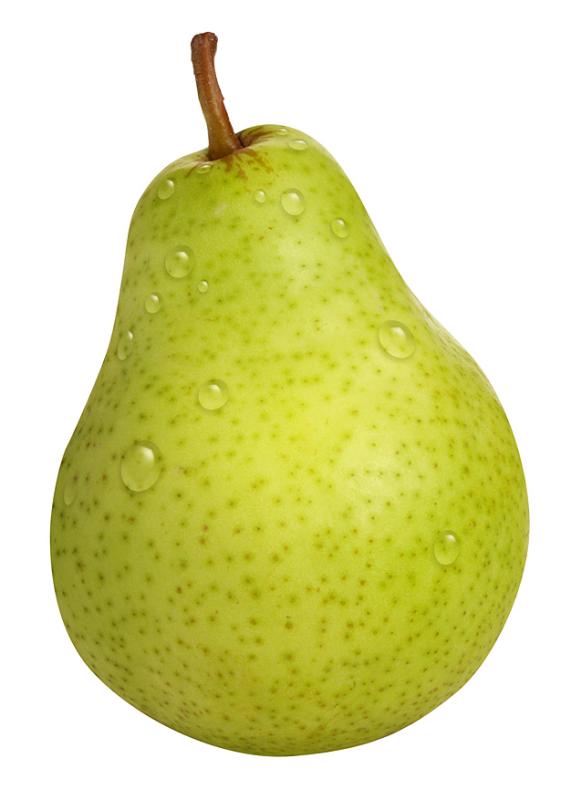
Four styles of paring knives are most common…curved, spear, sharp, and clip point. Delicate pepper rings finely sliced or slivered olives or cherries, can be done with a curved or sharp point paring knife to dress up fancy salads. A cook’s paring, or spear point knife, can be used to remove corn from the cob, break up heads of lettuce or cabbage, peel fruit or vegetables, cut beans, etc. The clip point is used for eyeing potatoes, seeding, peeling, and pitting.
Utility Knife


A sharp 6″ utility knife is most efficient for slicing non-solid fruits and vegetables, such as tomatoes or squash. For acid fruits, a stainless steel blade is preferred. Useful for cutting large melon rings, cutting heads of lettuce into wedges, preparing cabbage for shredding, halving grapefruits and oranges, etc.
Boning Knife
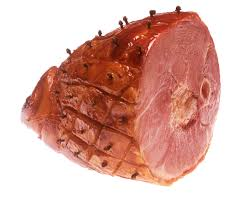
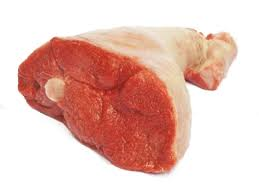
Blades vary in length from 4″ to 8″. Many cooks simplify carving and get extra servings by boning out a roast when it is partially cooked. For boning roasts, whole hams, lamb legs, veal legs, and filleting fish, a narrow flexible blade is best. The wider stiff blade is used for cutting raw meat and many other trimming operations on less thick cuts of meat.
Butcher, Cimeter Steak Knife and Cleaver
For the odd jobs in the kitchen, the butcher and cimeter steak knives can be used for dicing salt pork, cubing cooled meats, cutting steaks or trimming raw meat. Many cooks substitute the favorite forged cook’s knife for jobs normally done with these knives. The cleaver is used for opening lobsters, cutting poultry and joints.
Cook’s Knife


Available in lengths for 6″ to 12″, this knife has more uses than any other one knife in the kitchen. The blade is wide at the handle and tapers to a point. Deep choil protects knuckles when dicing or mincing celery, onions, nut meats, parsley, peppers, etc. When properly used, the chef positions the point of the knife on the cutting board beyond the food to be diced or sliced and, without lifting the point, works the knife in a rocking motion to cut evenly and rapidly. Used for carving hot roasts also. The blade may be forged or not forged.
Slicers and Carvers
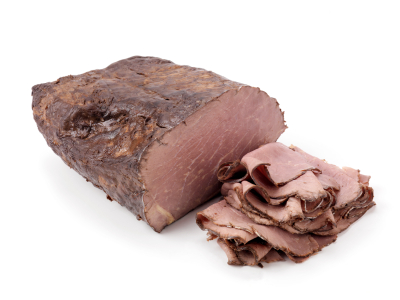
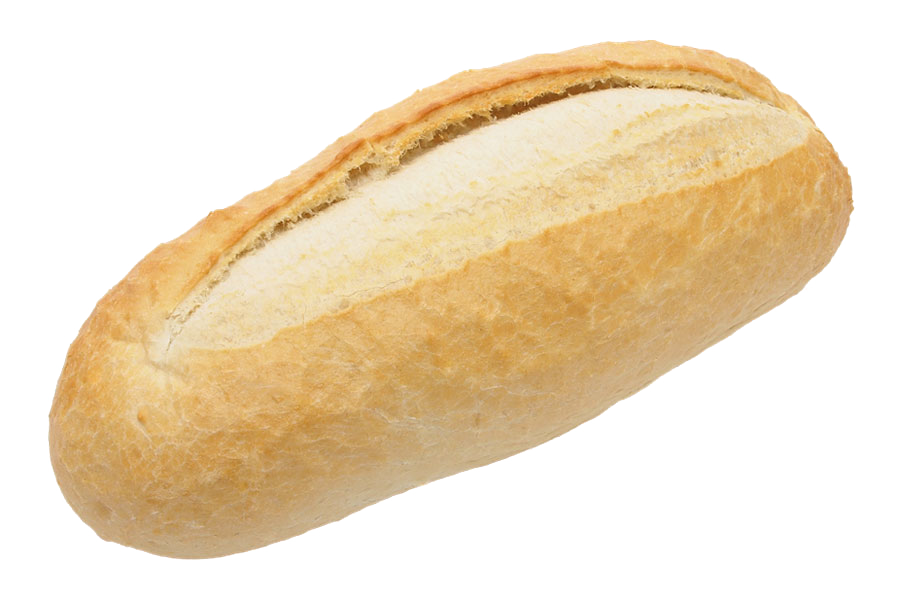
The most important carving knife is the roast beef slicer, most often used to carve rounds, boneless roasts, boiled briskets, pot roasts, butt roasts, and standing rib roasts. The narrow cold meat slicer or ham slicer is used to slice ham or leftover cold roasts of all kinds. The wide, stiff blade does a better job on hot meats, whereas the narrow, more flexible blade cuts cold meat more efficiently. Although there are many patterns to select from, a slicer or carver should have adequate length to permit smooth slicing action.
Skinning Knife
The Dexter skinning knife - a timeless classic and one of our best selling knives. This knife is used for skinning virtually anything you can imagine - from big game (Deer, Elk, Moose...) to poultry (Chicken, Turkey...) as well as many things in between. You may have also seen some great fish skinning videos that demonstrate the 3576 skinner on Drum fish. The curve in the blade allows skinning to be done with minimal arm movement and great in tight spaces. They are made with the well known stainless blades known as DexSteel as well as High Carbon Steel - either blade will allow you to maintain a razor sharp edge for years of use. The handles can be traditional wood or SaniSafe when you need to be NSF Certified. The Skinning Knife is a Must Have for everyone.
